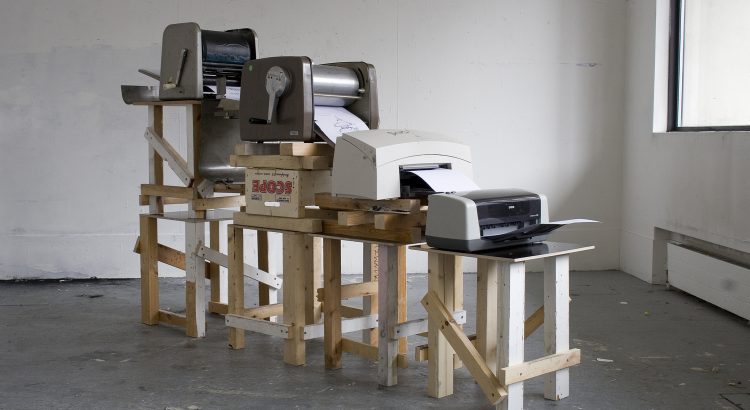Podcast: Play in new window | Download
Subscribe: Spotify | Email | TuneIn | RSS
Publishing your research in a peer-reviewed academic journal is an exercise in patience. You write and edit, wait for feedback from your PI, wrangle the figures into some esoteric format, and then submit. That’s when the real patience begins.
From submission to publication, the peer review process can take more than a year. Meanwhile, you’re moving on to other work, and hoping a competing lab doesn’t scoop the science you showed at the last conference.
Enter the preprint. Though it sounds unassuming, it’s a source of real controversy in the biomedical sciences.
Like Reprints, But Way Earlier
Essentially, a preprint is just a manuscript submitted to an online repository before it has gone through peer review.
The benefits are perhaps unexpected: preprints enable anyone to access your research, regardless of their budget for journal subscriptions. Peers can comment on the work, and offer suggestions for follow-up experiments that may speed your research through the traditional review process. And preprinting can establish your lab’s primacy when another researcher tries to scoop your work.
But preprints offer hazards as well. Will the quality of research decline if experiments are not reviewed first? What if no one shows up to comment or collaborate?
Launched in 2013, bioRxiv.org intends to answer these questions empirically. Based on the longstanding ArXiv.org, a preprint server for physics and mathematics, bioRxiv “is a free online archive and distribution service for unpublished preprints in the life sciences.”

In this week’s episode we talk with Jessica Polka, PhD. She’s the Director of ASAPbio where she works to promote the productive use of preprints in the life sciences. She explores the common concerns she hears from biomedical scientists, and how she believes preprints could revolutionize discovery and collaboration.
The Tax Man Cometh
As if you haven’t heard, the United States House of Representatives just passed a tax bill that could destroy graduate education as we know it.
Think that sounds a bit hyperbolic? The plan would make graduate tuition waivers taxable, adding $1,800 to $9,000 to your tax bill on April 15th. Raise your hand if your stipend has an extra $9,000 you were just itching to spend!
Luckily, there’s a lot you can do.
- Educate yourself on the details of the plan and how it would impact your training.
- Find the contact information for your representatives. (Senators are your best point of contact, as they have not yet voted and their version of the bill does not revoke tuition exemptions at the time of this writing.)
- Make the call to let them know how important graduate research and science education are to our society. For help, try this script, or take this advice from a former education lobbyist on how to make your voice heard.
In other news, here’s a running list of graduate programs that no longer require the GRE!
And if all of this is too much for you, why not kick back with the Pumpkin Pie Porter from Deep River Brewing Company in Clayton, NC. It’s brewed with 7 pounds of pumpkin per barrel, finally achieving the “Why am I drinking pie?” reaction that Josh longs for. Happy Thanksgiving!
Featured image: Just in Time, or a Short History of Production, 2010 by Xavier Antin
A book printed through a printing chain made of four desktop printers using four different colors and technologies dated from 1880 to 1976. A production process that brings together small scale and large scale production, two sides of the same history.
- MAGENTA (Stencil duplicator, 1880)
- CYAN (Spirit duplicator, 1923)
- BLACK (Laser printer, 1969)
- YELLOW (Inkjet printer, 1976)
